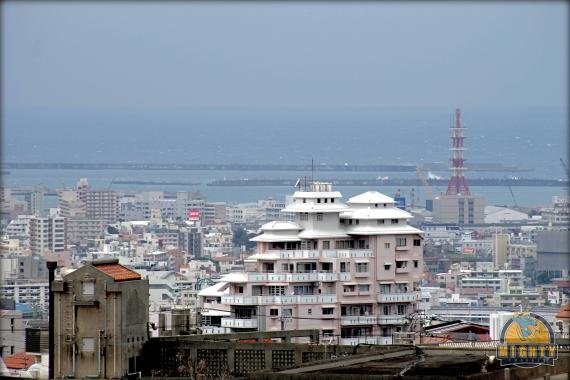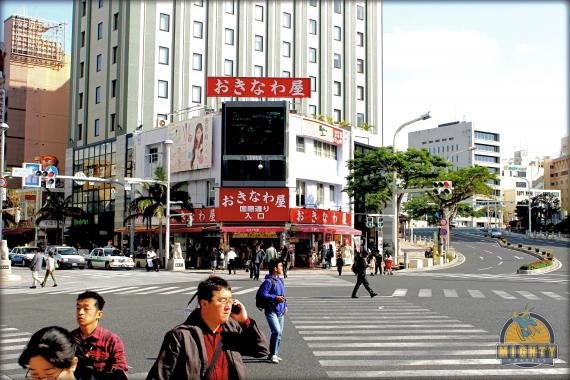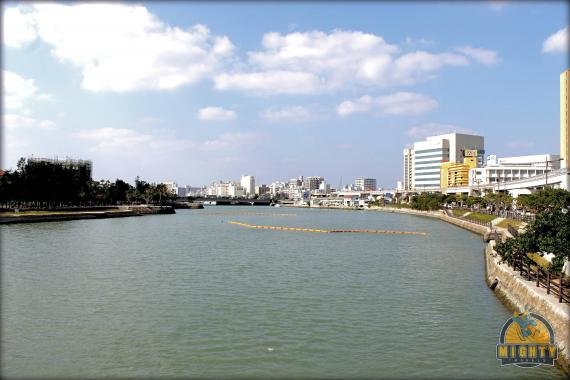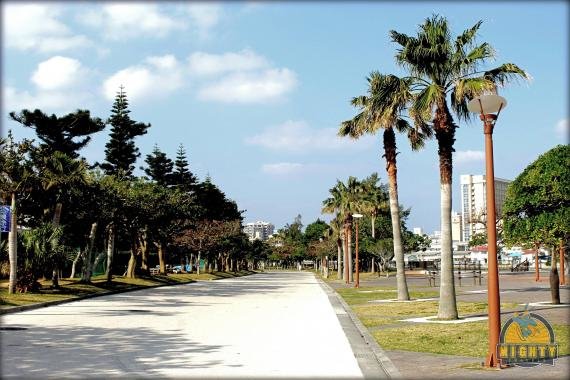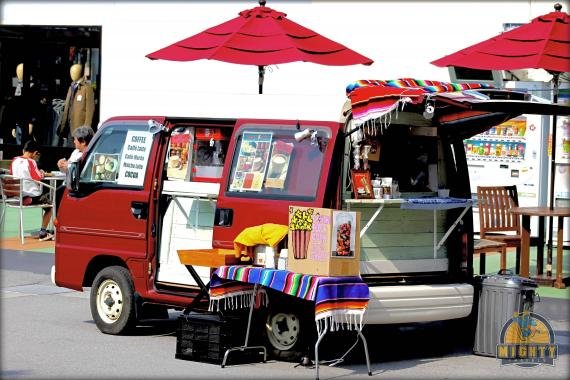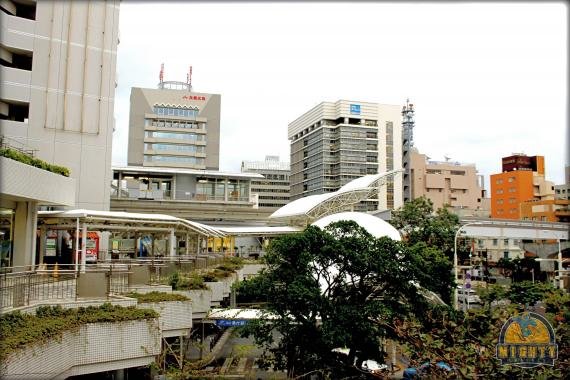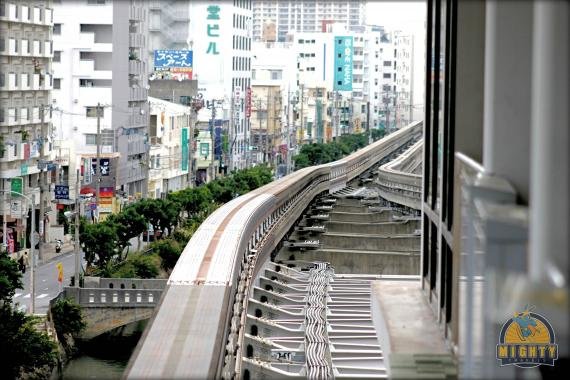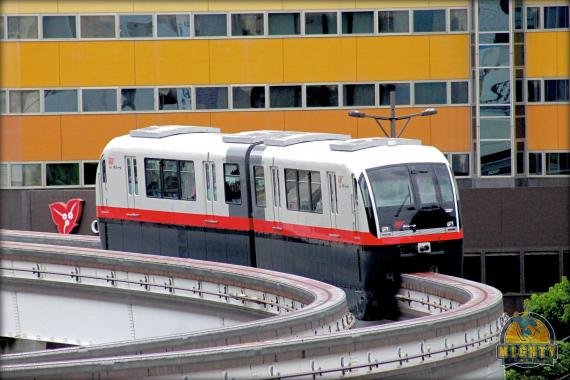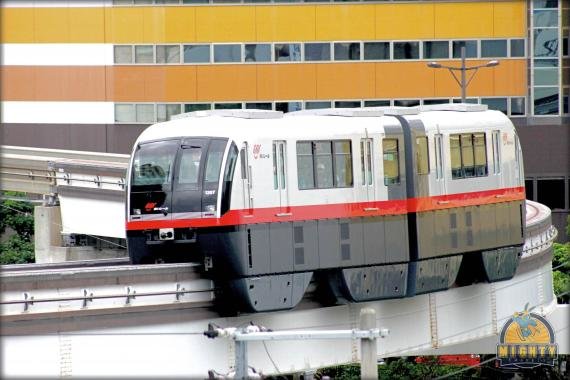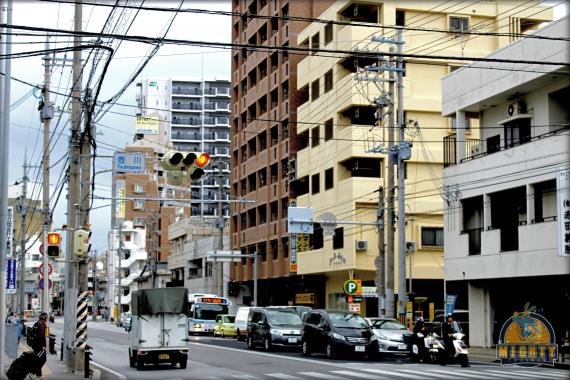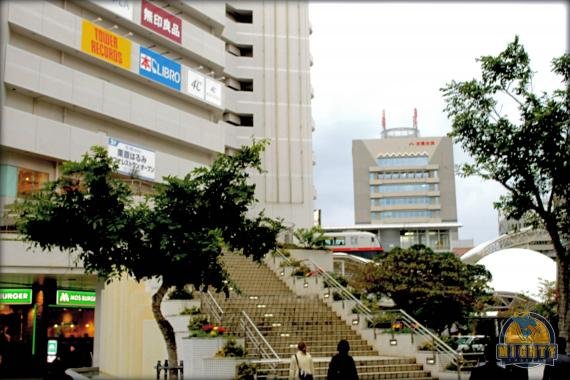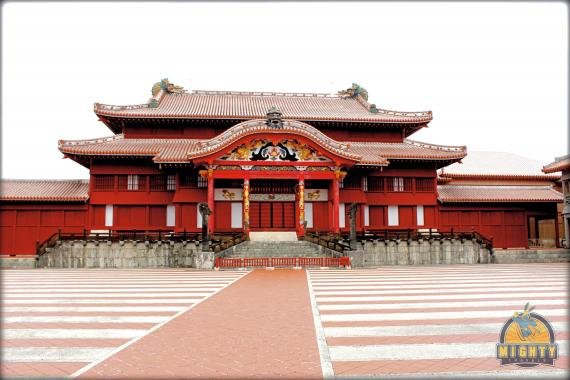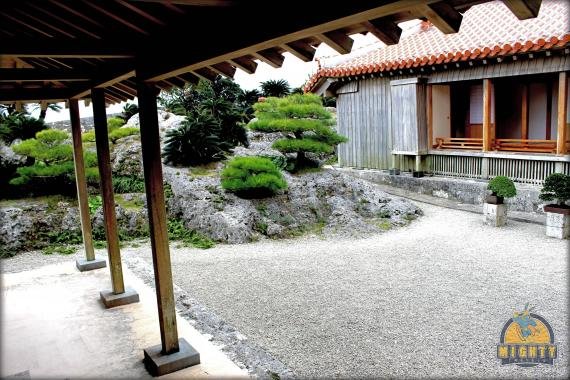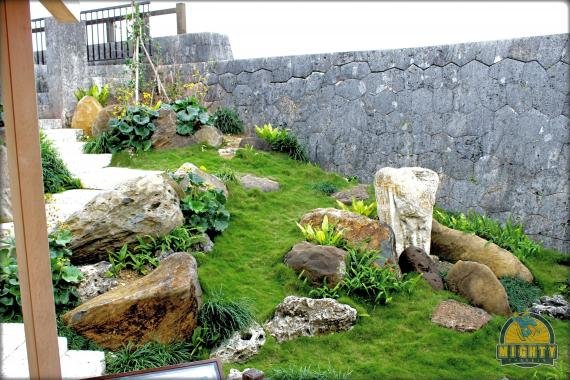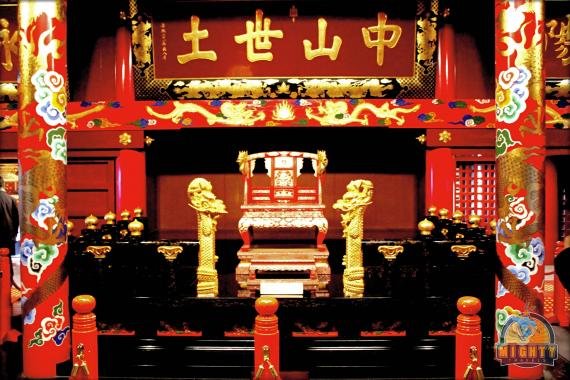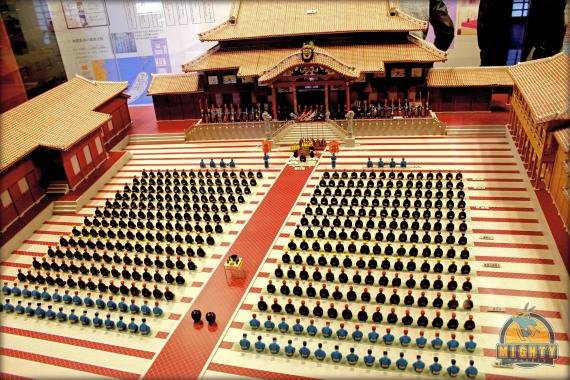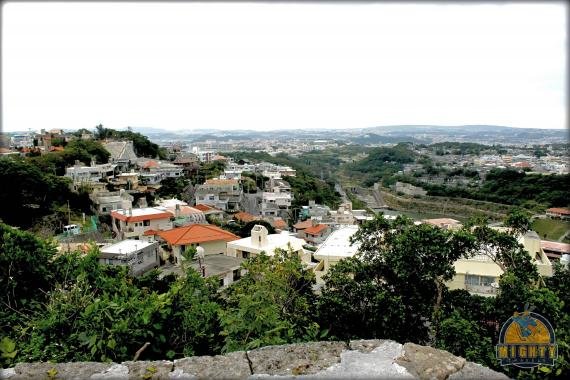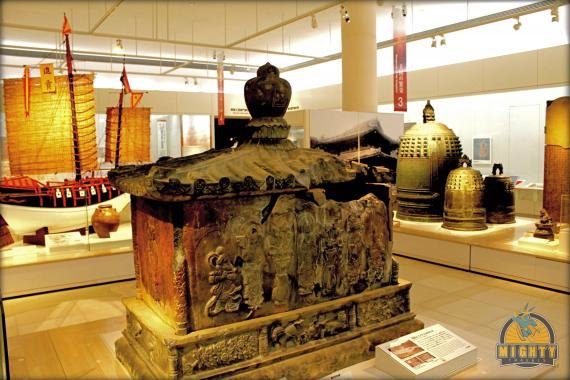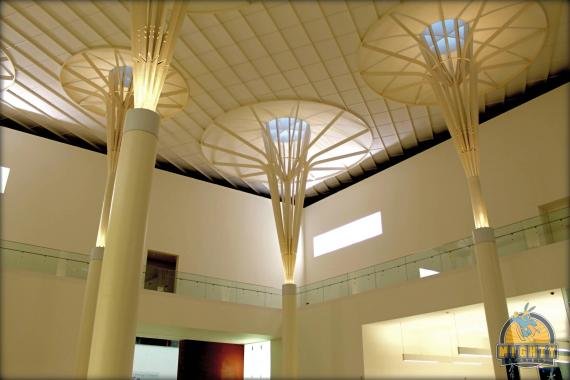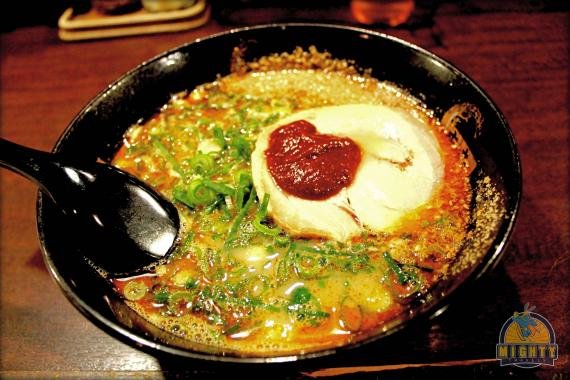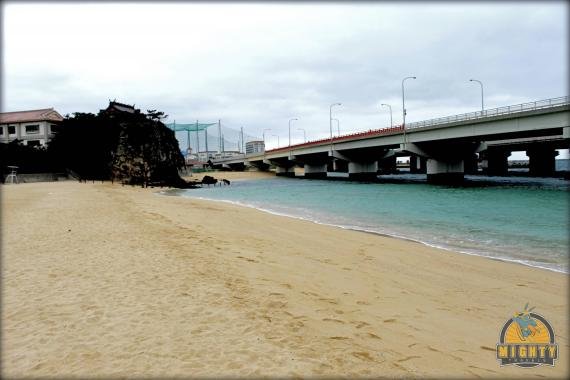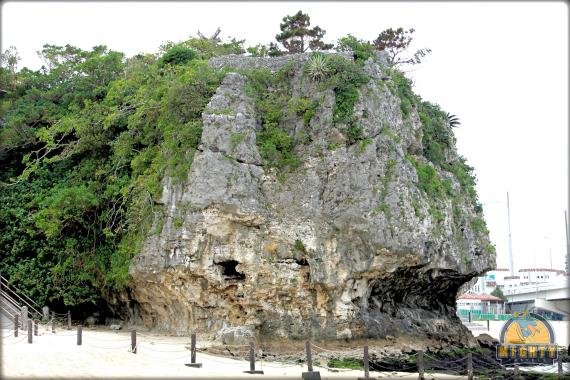Okinawa, Japan - What to do and expect
Okinawa has been a place I always wanted to visit - it's one of those places I'd heard of, but never really done much research about. I like Japan and the awesome food and hospitality fused with warm weather sounded like a great combination.
Okinawa is well-industrialized with a major town (its capital - Naha), a mini-hub airport and an industrial port. If you have been to Nagasaki or Osaka, you can imagine Naha quite easily. It's like a shrunken-down version of these cities. The covered market, the train snaking its way through 'random' 2-3 story housing. Many of the chains that you find in mainland Japan have set up show here as well.
Costs
Japan at 120 yen per dollar isn't a steal, but approaches great value. It's a first world environment with minimal pollution and hassle. Things work on time. The biggest hassle is the language barrier.
Winter is off-season in Naha, but it isn't really cold - temperatures are like San Francisco in June without the SF fog. The very well-located DoubleTree Hotel in Naha could be had for $67 a couple of months out and there are many restaurants that give you a great meal with several small dishes for under $10. A delicious noodle soup is just $4-5 in a ramen eatery and artisan coffee is $1.50-$2.50.
The price level in Okinawa is more like Taiwan, which is easily the cheapest first world destination right now.
The yen has only reached 130 once in the last 10 years, but if the yen slides further to 150+ against the dollar, Japan will become incredible value soon.
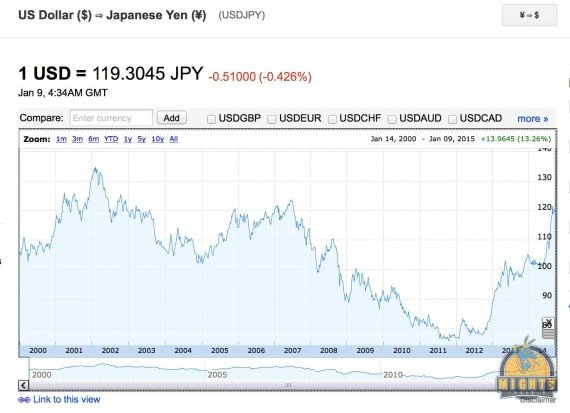
Okinawa Transport
The city is served by a super high-tech and 'quiet as can be' monorail that 'flies' through the city. There are a number of bus lines (but not as much as you'd expect) and since the city is rather compact, you can walk almost anywhere from a monorail station.
Most of the resorts are further north (incl. the newly opened Hilton Chatan, which is in Hilton HHonors' highest category) and are a bit harder to reach from Naha. Bus rides exceed two hours (4 hours if you'd like to go all the way north).
Renting a car in Japan requires an International Driving License and a certificated, translated copy of your US driver's license. Rental cars are cheap, though, at $25+ per day. Since I had no certified, translated copy of my California license, renting was not an option for me. If you happen to have a driver's license from most ASEAN countries, you can save yourself the translated copy.
WHAT TO SEE
Naha does not have a ton of sights, but it's fun to stroll through the many little alleyways that are dotted around most of the cityscape.
Shuri Castle
This Ryūkyūan castle has a great location on a hill in Naha. There are some fortress gardens and a number of well-restored buildings. It's a good sight that's been restored to perfect condition.
Naha Art Museum
A great-looking building with a permanent and one-changing exhibition. The permanent exhibition is more about the history of Okinawa (with most of the descriptions only in Japanese, though, unfortunately) than about art. Okinawa is much closer to Taipei than it is to Tokyo and so it merges more Chinese culture into the Japanese mainstream (which itself is heavily-influenced by China).
Okinawa cuisine
Okinawan residents are known to have one of the longest life expectancies in the world. This is attributed to the Okinawa diet, consisting mostly of the local sweet potato variant and vegetables. It's a yummy plant but it's hard to get it anywhere else. To my surprise, seafood isn't as big of a deal as in mainland Japan - surprising for a small island in the middle of the Pacific.
I had a lot of delicious ramen and other Japanese dishes including gyoza, tempura and sushi, but had trouble finding the local soba dishes. I admit I should have invested more time in research, but given that descriptions are exclusively in Japanese (as are the menus) it's a bit more challenging than usual.
Okinawa Beaches
Okinawa is not really a match for the Hawaiian 'beach culture' - for beaches you need to head to one of the resorts up north. The Naha city beaches are not really pretty (and are artificial). There are a number of small islands around the main island that seem to have very pretty beaches, but in winter it's too cold to hang out the beach (the temperatures look better on your iPhone, but this does not take account of the blistering winds).
If you like this post - subscribe via email or follow us on Twitter.
